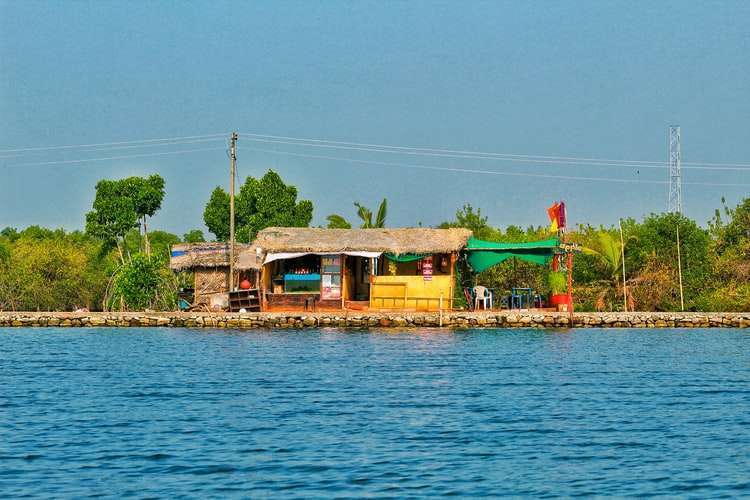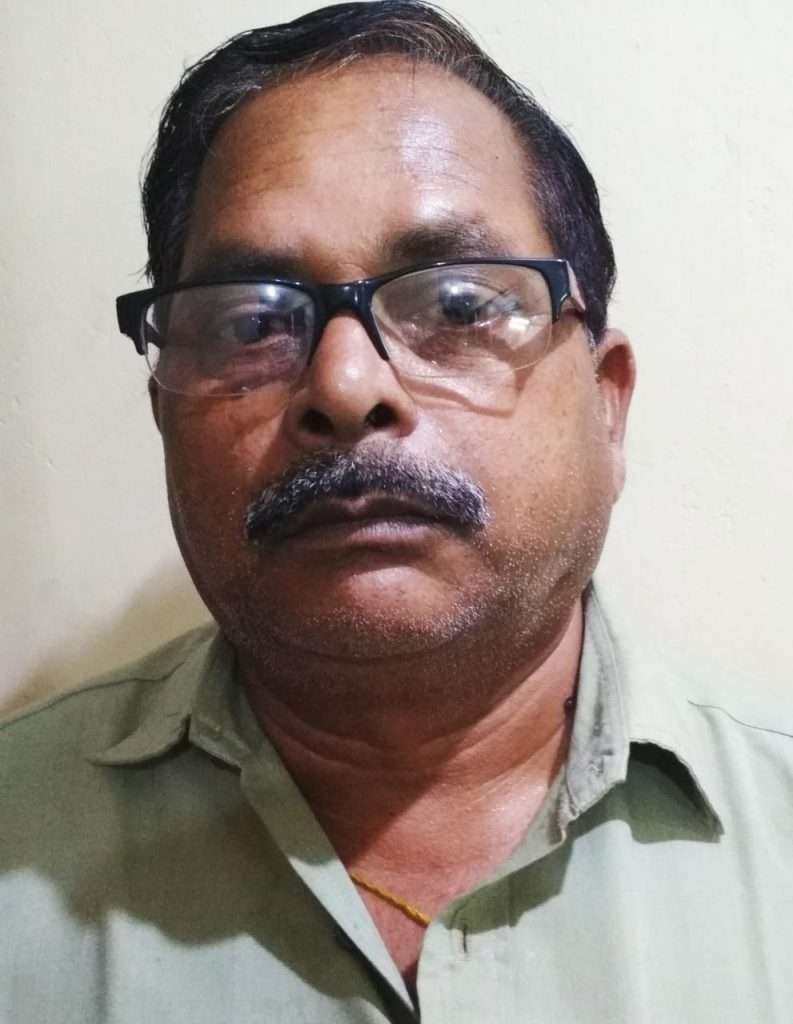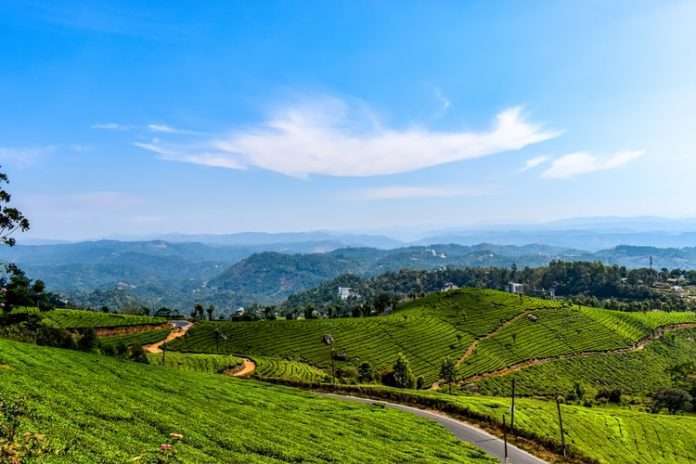India is a land of villages. The soul of India lies in its villages. At present, there are 6,40,867 number of villages in India. Village area is called rural area and countryside also. Life in villages, rural area or country side, whatever it is called, is very simple and idealistic.
New and strange at the first
Inexpressibly rare and delightful
And beautiful
The cornfields are orient and immortal
and the dust and the stores of
the street appear
as precious as Gold.
But gone are the days. Now people are migrating from villages to the towns and cities seeking employment and comfort of life. This is a sorry state of affairs. India is losing its soul. Now-a-days, villages have become insipid and lack of idealism.
There is no vigor and zest of life there. We remember here the English poet – Oliver Goldsmith’s poem – The deserted village. Nostalgically, he remembers his native village and bemoans the destruction of the rural culture. He says –
“These were thy charms – but all these charms are fled.
Sweet smiling village, loveliest of the lawn
Thy sports are fled, and all thy charms withdrawn.
Amidst thy bowers thy tyrant’s hand is seen,
And desolation saddens all thy green.”
The Odia poet Sachi Routray and Vinod Chandra Naik also remember their villages. Sachi Routray writes –
Chhota mora gaanti
Bhugola pothipatare pachhe
nathau tara naanati
chhota mora gaanati.
(My native little village is very dear to me even if it does not find mention in a geography book)
The poet again says –
Alua tara ki manohara
Andhakara ta thar ubhala
(In my village light is very beautiful. But its darkness is more beautiful)
Poet Binod Chandra Naik was born in the village Telipali of Sundergarh district of Odisha. Poet was a lover of his native land. He remembers his village through the village road (Gramapatha). His poem ‘Gramapatha’ is his masterpiece.
In his narration, the whole life of the village – social, economic, religious, cultural et al traverses through the village road. The poet has rendered an emotional poetic description of the myriad activities of his native village. Whoever comes to the village, comes through the village road; and whoever goes away from the village, goes through the village road. The poet says –
“Asiba janara sakhi e patha
Feriba janara Bandhu”
(This village path is the witness of those come to the village and friend of those who return from the village).
The poet Naik refers to the daughter of the village, who, on being married go away from village to her groom’s house and vice versa also. That means daughters of other villages come to this village as daughter-in-law. The dust of the road (gramapatha) feels the sorrow of the last journey of the villagers to the burial ground. The rural life is an extremely sensible and sensitive matter.
I was also born in a small village named Balpur P.O. – Dhama, Dist. – Sambalpur near to the famous leaning temple of Huma. Now I am living in Sambalpur. I remember my childhood and adolescent days in the native village. How sweet were those days!

The river Dhulijor, which is a tributary of Mahanadi, is very dear to me. The river manifests itself in different ways in different seasons. I, along with my peers enjoy it catching fish and bathing to the fullest extent. I remember the mango groove where we spent the summer afternoons relishing the fresh mangoes from the trees.
From the month of Dussehra onwards the river Dhulijor presents a limpid water. At that time fish migrates downstream to join in the Mahanadi. In the rainy season the fishes migrate upstream. When water flow decreases after the monsoon, the fishes go downwards. Dhulijor is an ephemeral river. So we made different ways to catch fish in different seasons.
In winter the farmers harvest the paddy. He becomes rich for the time being. So, he enjoys the feast of ‘Push Puni’ (Pausha Purnima). This is the enjoying time of peasants. And I belong to peasant’s family.
Here one point is worth noticing that the people of the submerged villages of the Hirakud Dam project, still remember their homeland nostalgically. Tears come to their eyes. Their serene village life was lost in the waters of the reservoir.
In this way we have lost the pristine life and glory of the country side. The only cause is mindless urbanization. The rural people deserting their villages. So, Mahatma Gandhi gave the clarion call – Go back to the villages. Since the time of Aryans, villages are the heartbeat of India. Without villages India would be meaningless.
On the other hand, we should be beware of the gloomy future of the cities. In order to have sustainable development and eco-friendly India, we must go back to the villages. Moreover, we have much intrinsic merit in village life. The real meaning of life is there in the countryside.
So, we must indoctrinate ourselves to incline towards the village for a better India.
(The views expressed are the writer’s own.)

Radhakanta Seth is an Income tax officer in Sambalpur. He is a freelance writer and his articles have been published in some Oriya dailies like Sambad, Samaj, Dharitri, and English dailies like The Telegraph and in a sociological journal ‘Folklore’ published from Kolkata.
He can be reached at [email protected]
(Images from the net)

